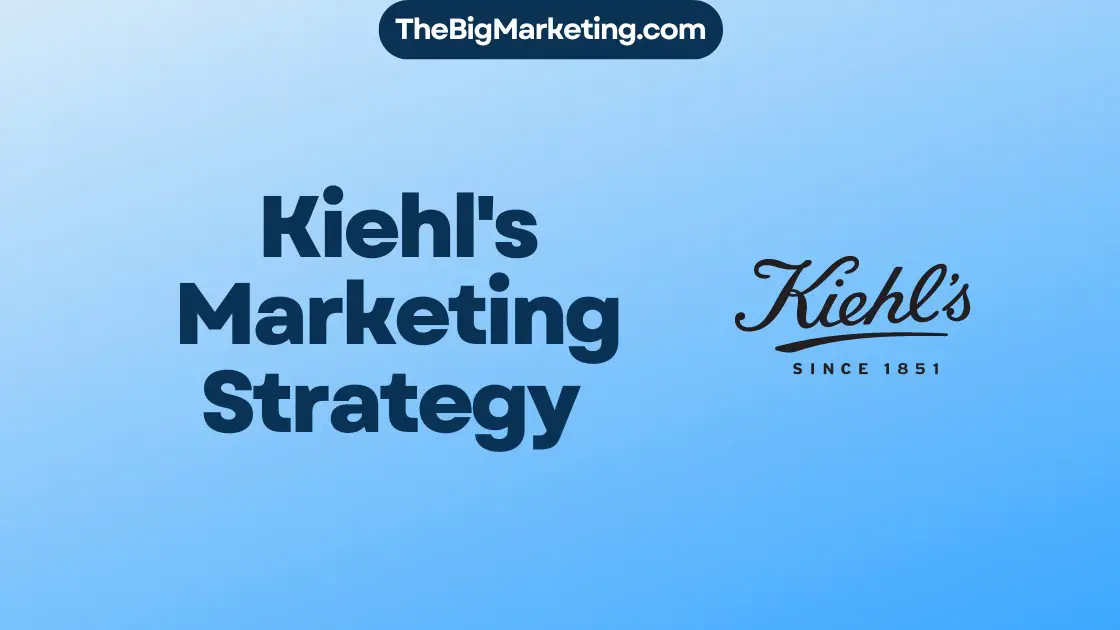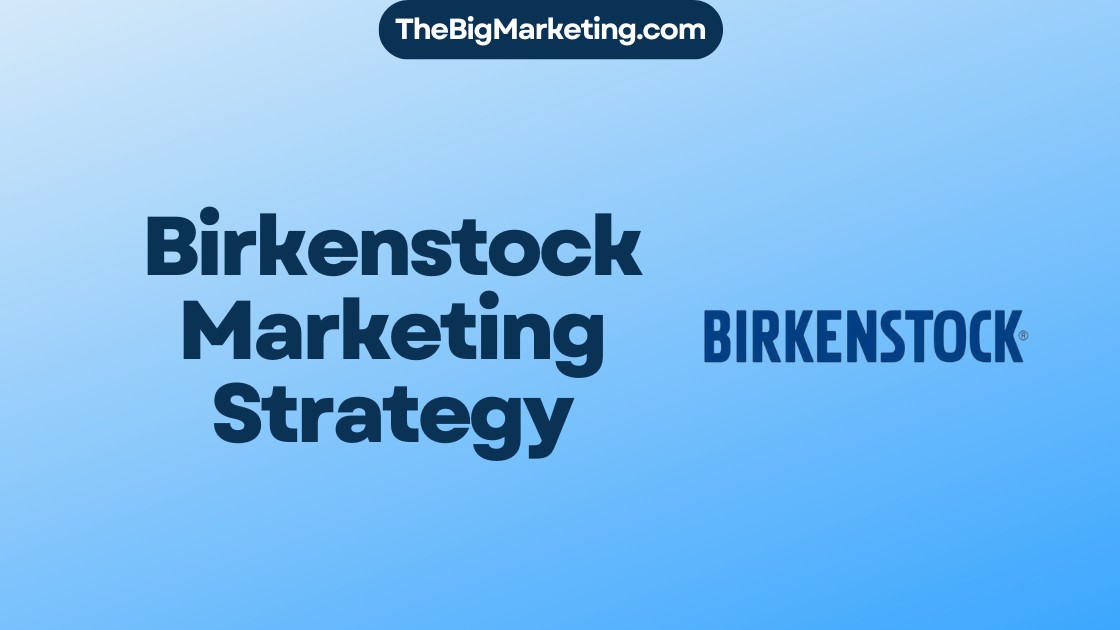Understanding how customers act is key to good marketing. In marketing, behavioral segmentation breaks down the target audience into smaller groups. These groups are based on how people act, like what they buy and how often they engage. This lets marketers craft messages just for them, making shopping feel more personal. In this piece, we dive into behavioral segmentation and show how it helps create winning strategies.
Key Takeaways:
- Behavioral segmentation involves dividing customers into groups based on behavior patterns.
- It goes beyond traditional demographic and geographic segmentation methods.
- By understanding customer behavior, marketers can personalize messaging and improve customer experiences.
- Types of behavioral segmentation include purchasing behavior, occasion purchasing, benefits sought, and loyalty.
- Implementing behavioral segmentation requires data analysis and tracking customer behavior.
What is Behavioral Segmentation?
Behavioral segmentation is key in marketing. It groups customers based on how they act with a business. This includes looking at their views on the brand, buying habits, and how they use products or services. This gives marketers a better understanding of their audience.
This type of segmentation digs deeper than just looking at age or where people live. It lets marketers see how customers truly feel about their brand. By spotting behavior patterns in customer segments, they can make marketing that really speaks to what customers want.
Using behavioral segmentation makes marketing messages more personal. It also makes customers happier and more loyal to the brand. By knowing and catering to their customers’ unique tastes, businesses can form stronger bonds and boost satisfaction.
Let’s explore the different types of behavioral segmentation and their benefits for businesses.
Purchasing Behavior
Segmenting customers by what and how often they buy reveals a lot. It shows which products or services attract different customer segments. This helps in creating marketing that truly hits the mark.
Occasion Purchasing
Grouping customers based on when they buy, like during holidays or special events. This insight allows marketers to craft campaigns that meet customers’ needs at these times.
Benefits Sought
People look for different things in products or services, like quality or affordability. By focusing on these specific desires, marketers can clearly show how their offerings stand out to different audiences.
Loyalty
Behavioral segmentation can also be about how loyal customers are. This includes things like frequent buying or how much they interact with the brand. Knowing this helps businesses keep their loyal customers and find ways to make them even happier.
With these insights on behavioral segmentation, let’s see how it’s used in real-life marketing.
Benefits of Behavioral Segmentation
Behavioral segmentation gives many benefits to businesses. It uses customer behavior data to improve customer engagement and targeted marketing strategies. It also helps create personalized experiences and increase brand loyalty.
Customer Engagement: This segmentation finds the most interested customers in a group. By knowing their behavior and likes, marketers use their resources better. This means focusing on customers who will most likely enjoy their marketing.
Targeted Marketing: Knowing what customers do lets marketers make their messages more accurate. They make marketing plans that fit specific groups’ behaviors. This makes their messages more meaningful and powerful, making their marketing better.
Personalized Experiences: With behavioral segmentation, companies can give customers special experiences. By seeing unique behaviors, marketers can suggest tailored products and offers. This makes customers happier and more loyal over time.
Brand Loyalty: Marketers can meet specific customer needs and likes by looking at behavior patterns. By offering personalized experiences and fitting messages, marketers connect deeply with customers. This builds lasting relationships and keeps customers coming back.
In short, behavioral segmentation gives marketers insights into what customers do. This helps them make their marketing better, please customers more, and create lasting loyalty to their brand.
Types of Behavioral Segmentation
Marketers can learn more about their audience by looking into four key types of behavioral segmentation:
Purchasing Behavior
Understanding how customers buy is vital. It looks at how often they shop, what they buy, and why they make purchases.
Occasion Purchasing
Knowing why customers buy for special events is useful. This means looking at their shopping habits during holidays and seasons.
Benefits Sought
Figuring out what customers want from a product is key. It means considering what they value like quality, benefits, and feedback.
Loyalty
Seeing how loyal customers are can help keep them. This includes looking at their repeat buys and how they interact with promotions.
Using these segmentation methods helps marketers create strategies that really speak to what their audience wants and needs.
Behavioral Segmentation Examples
Behavioral segmentation gives deep insights into how customers act. It helps shape marketing plans to fit what customers want and need. Here are some ways behavioral segmentation is used in the real world:
- Purchasing behavior: By looking into how customers buy, companies can reach them more effectively. They can tailor messages to fit the buying habits, sensitivity to prices, or particular likes of the customers. This way, companies can showcase the aspects and benefits that match what the customer usually looks for.
- Occasion purchasing: Crafting marketing drives for certain events, like holidays or weddings, is a smart move. Knowing how customers shop for these occasions allows companies to offer tailored deals. This approach boosts sales and makes customers happier.
- Benefits sought: Shaping messages and offers around the benefits customers seek is key. By figuring out what unique features customers want, companies can adjust their marketing. They focus on things like convenience, low cost, high performance, status, or innovation to meet customer desires.
- Loyalty: Developing loyalty schemes to keep and please regular customers is a part of this. By studying how customers shop again, respond to marketing, and join loyalty programs, companies can pinpoint and reward their top customers. They do this with special deals, unique advantages, or rewards, making customers happier and more loyal for the long haul.
These real-life cases show how behavioral segmentation helps companies get a better understanding of their customers. By making marketing plans that address customers’ unique needs and likes, businesses see more customer satisfaction and engagement. Ultimately, this leads to better business results.
Importance of Behavioral Segmentation in Marketing
Behavioral segmentation is key in marketing. It goes beyond looking at where people live or their age. This approach gives marketers deep insights into what customers want. This leads to better business growth.
One big plus is giving people what they really want. By seeing how customers act, marketers can spot their needs. Then, they can create ads that speak directly to them. This makes customers happy, more involved, and they stick around longer.
When you target your marketing, you don’t waste effort. You focus on folks likely to buy. Marketers find out who’s ready to listen and use their budget wisely. This means they get more out of every dollar spent. Also, it makes sure ads reach the right people.
Keeping customers is easier with behavioral segmentation. Marketers learn why some people stay loyal. Then, they can use this info to keep them happy. Knowing what customers like helps make programs to keep them close to the brand.
To wrap it up, understanding customer behavior is a game-changer in marketing. It helps marketers offer exactly what people want. This leads to better ads, reaches the right folks, and grows the business. It’s a smart move for any marketer.
How to Implement Behavioral Segmentation
Marketers need a strategic approach and data analysis tools for behavioral segmentation. They should observe customer actions across different channels. Important channels to watch include:
- Website analytics: Looking at website activity, how users interact, and conversion rates gives clues about customer behavior.
- Email engagement: Checking how many open emails, click on links, and unsubscribe can show what customers like.
- Social media interactions: Watching likes, comments, and shares on social media reveals how customers engage with your brand.
- Purchase history: Reviewing what customers buy, how often, and their choices helps understand their buying habits.
By studying these data, marketers can better understand their audiences. They can see how customers act differently. Marketing tools like automation platforms and CRM systems help in collecting and merging this data. These tools make it easy to keep track of customer actions and group them by their behavior.
After analyzing the data, marketers can craft more tailored campaigns. They use what they’ve learned about customer behavior. This leads to messages that hit home with certain customer groups, boosting engagement and sales.
Behavioral segmentation is key for marketers to fully use their customer data. By using data tools, tracking behaviors, and employing automation and CRM tools, they can create personalized campaigns. These campaigns lead to better engagement and sales.
Best Practices for Behavioral Segmentation
To get the most out of behavioral segmentation, marketers must follow key best practices. This ensures they accurately analyze data and adjust to changing customer behaviors. They should also value feedback and work together across teams.
- Ensuring data accuracy and reliability: Gathering and analyzing true behavioral data is key. When data is accurate, marketers can make smart decisions. This leads to better targeting and communication.
- Continuous analysis and adaptation: Since customer behaviors change, marketers need to keep analyzing and adapting. Staying up-to-date makes sure marketing efforts are still hitting the mark.
- Incorporating customer feedback: Using customer feedback is critical. It lets marketers understand what customers like or struggle with. This info helps tailor segments and improve messages.
- Cross-functional collaboration: Different teams working together is important. Marketing, product, and customer service teams can provide a full picture of customer behavior. This makes messaging more consistent and powerful.
By embracing these best practices, marketers can make the most of behavioral segmentation. This approach improves data analysis, keeps up with customer trends, and encourages teamwork. Following these steps helps businesses engage customers better and enhances marketing results.
Challenges and Limitations of Behavioral Segmentation
Behavioral segmentation has many benefits but also faces challenges. Marketers need to overcome these issues to use behavioral data well. Some main challenges include:
Data Privacy Concerns
One big issue is keeping data private and following rules. When we collect and study customer behavior, we must protect their info. It is crucial to respect their privacy rights.
Data Integration and Accuracy
Merging data from different sources accurately can be hard and take a lot of time. Marketers must have good systems for managing data. This helps join data correctly and avoids mistakes that could hurt the strategy.
Over-reliance on Behavioral Data
Solely depending on behavioral data can give an incomplete picture of customers. It’s essential to also look at demographics, psychographics, and context. This way, we get a fuller understanding of customer preferences.
Bias in Data Analysis
Unconscious biases can affect data analysis, leading to flawed results. This might leave out or incorrectly represent some customer groups. Marketers should be careful of biases. It’s important to analyze data fairly and without bias.
Addressing these issues helps marketers surpass difficulties. They can then use behavioral segmentation effectively. This improves marketing, enhances customer experiences, and helps achieve goals.
Future Trends in Behavioral Segmentation
Advancements in artificial intelligence (AI), machine learning, and predictive analytics will transform behavioral segmentation. These technologies will change how marketers use behavioral data for personalized experiences and messages.
AI-powered algorithms will analyze behavioral data in real time. This lets marketers understand customer preferences and behavior patterns quickly. By using machine learning, companies can automate behavioral segmentation, saving time and increasing accuracy.
Predictive analytics uses past data to guess future customer behavior. It helps marketers anticipate customer needs and preferences. This allows for highly personalized experiences and targeted marketing efforts.
Real-time personalization is an emerging trend. It uses AI and machine learning to instantly tailor experiences based on behavioral insights. This approach enhances customer journeys, improving engagement and marketing impact.
Benefits of Future Trends in Behavioral Segmentation
- Highly personalized experiences: AI, machine learning, and predictive analytics help deliver experiences that meet individual needs and preferences.
- Improved targeting and messaging: Advanced technologies enable precise targeting with messages that connect to unique behaviors and interests, boosting engagement and conversions.
- Enhanced customer satisfaction and loyalty: Real-time personalization creates memorable experiences, building loyalty and lasting relationships.
- Optimized marketing strategies: The efficiency of AI and predictive analytics lets marketers fine-tune segmentation efforts and use resources well, maximizing investment returns.
In conclusion, the future of behavioral segmentation offers great promise for marketers. By adopting AI, machine learning, and predictive analytics, businesses can leverage behavioral data for personalized experiences that drive engagement and success.
Conclusion
Behavioral segmentation in marketing is very useful. It helps businesses understand and focus on customer actions. This way, marketers can offer more personalized experiences, boost involvement, and build strong loyalty.
Technology is making behavioral segmentation even more potent. Predictive analytics and data insights help shape smarter strategies. Using behavioral segmentation, companies can get to know their customers better and thrive in a competitive field.
As marketing evolves, understanding customer behavior is key. It lets businesses tailor their messages and connect deeply with their target groups. Embracing these techniques opens up opportunities for growth and success.





